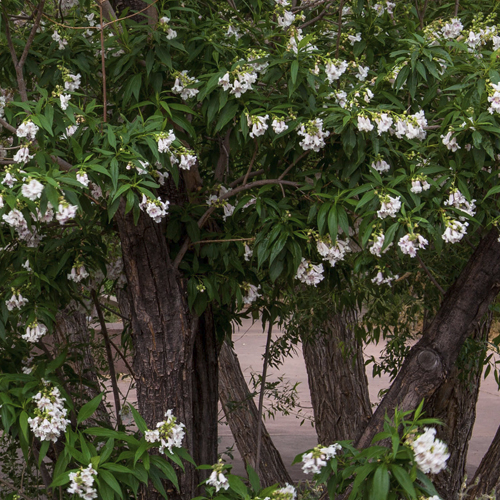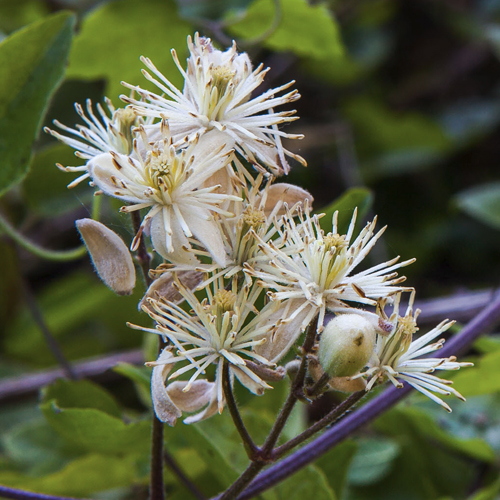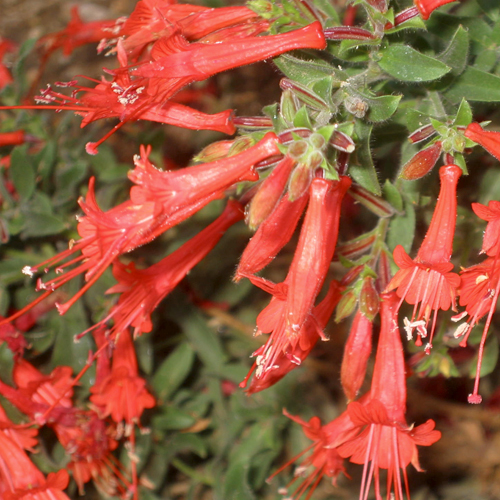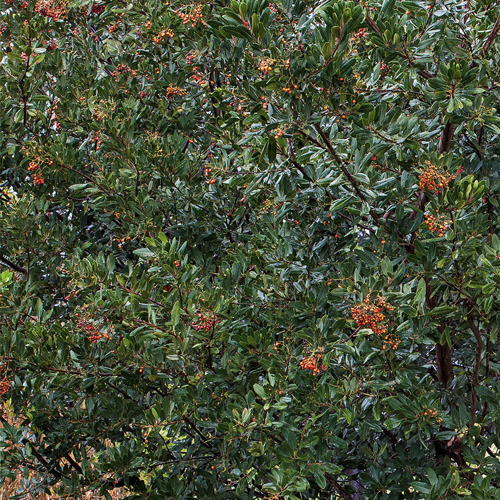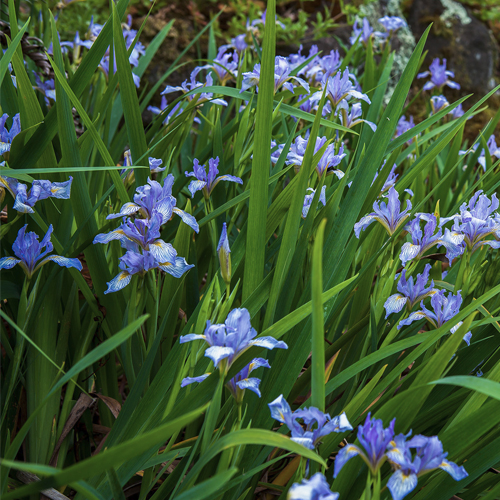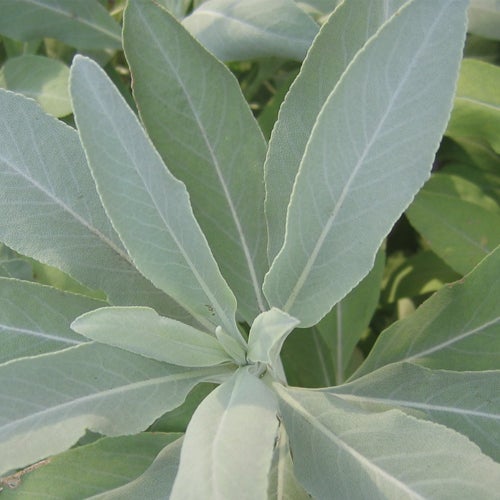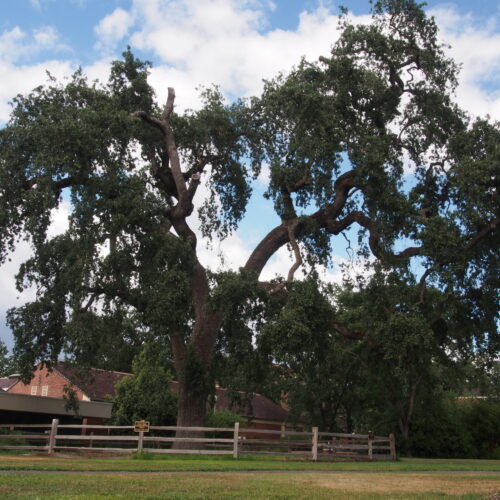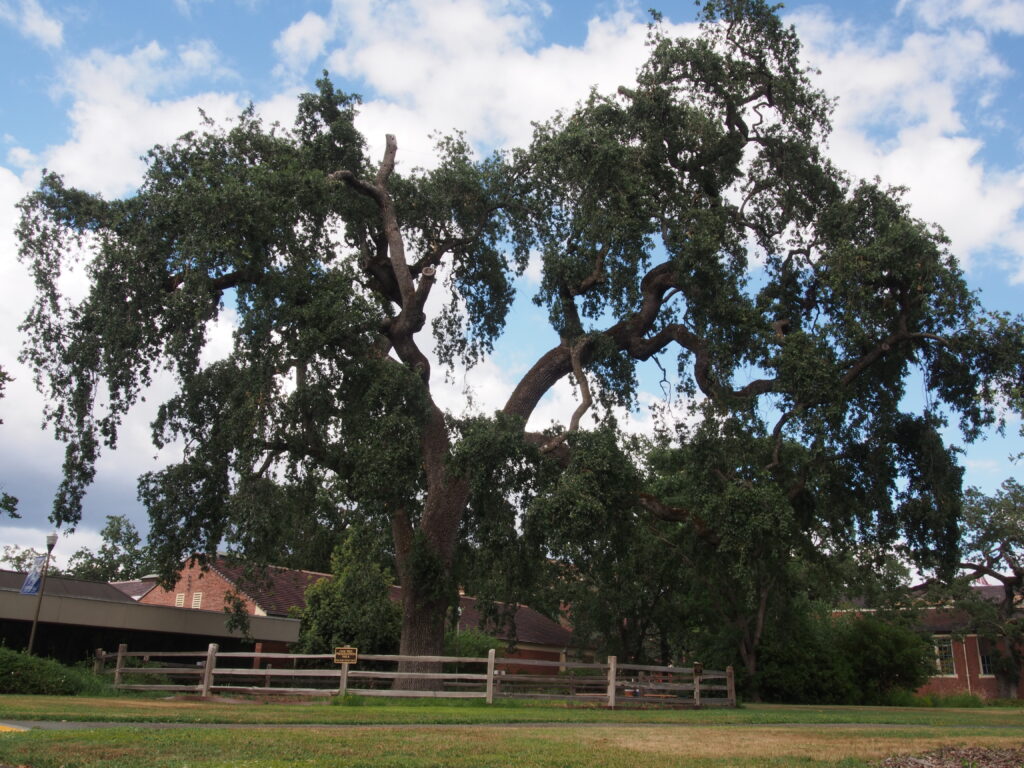New Riparian Woodland Meadow
BACK TO FULL TOUR
Garden Features
Edible Garden
California Natives
Deer Resistant
Drip Irrigation
Pesticide Free
Rainwater Harvesting System
Rain Garden
Reclaimed/Recycled Materials
Smart Irrigation Controller
Lawn Conversion
Lawn-Free Landscaping
Permeable Surfaces
Wildlife Habitat
Partner: Santa Rosa Water
The transition from a townhouse with a modest garden to a spacious half-acre property in Rincon Valley marked the beginning of an exciting new chapter in our lives. Recognizing the magnitude of the project, we enlisted the expertise of a landscape architect and professional landscaper to help bring our vision to life.
Situated alongside the unmanicured preserve along Austin Creek, the front garden underwent a remarkable transformation by the end of June, boasting over 400 native plants and a large dry creek bioswale designed to retain rainwater on the property. The absence of fencing allowed for a seamless integration of our land with the adjacent native space, creating a sweeping vista of natural beauty.
Mindful of wildlife, particularly deer, we carefully selected “deer-resistant” plants and took precautions to protect our young plantings. Fortunately, the abundance of rainfall in the previous year alleviated the need for deer to forage extensively, giving our plants time to establish themselves.
Embracing sustainability, we repurposed existing materials wherever possible, including rocks for the bioswale and organic matter for mulch in the garden. The result is a vibrant ecosystem teeming with life, where birds flit among the grasses, bees buzz around Verbena De La Mina, and butterflies dance among the native flora.
Among the myriad of native plants that grace our garden, we take particular delight in the buckwheat, native fuchsia, Epilobium “Everett’s Choice,” Joyce Coulter ceanothus, Matilda Poppies, and Achilles “Island Pink.” Complementing our commitment to environmental stewardship, we’ve installed solar panels with battery backup, adopted an electric car, and upgraded to energy-efficient mini-split heating systems. Simple yet effective changes, such as painting the south-facing front doors red to reduce heat absorption, further underscore our dedication to sustainability.
In embracing our new home and garden, we’ve not only created a sanctuary for ourselves but also a haven for native wildlife and a testament to the transformative power of conscientious living.
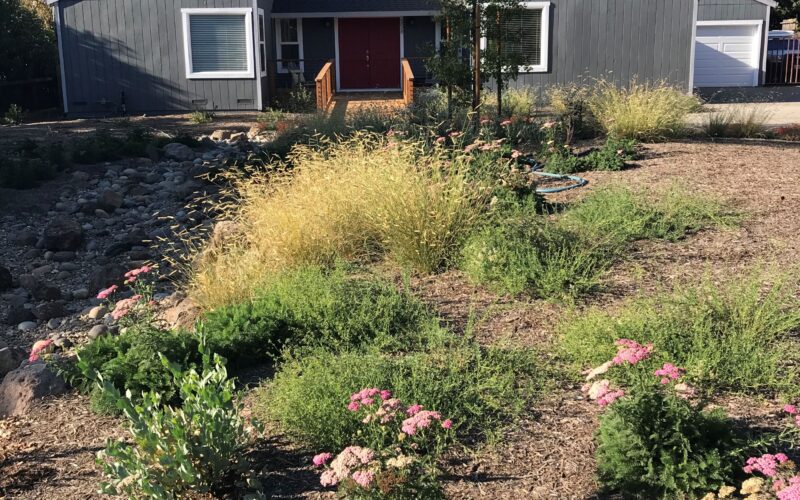
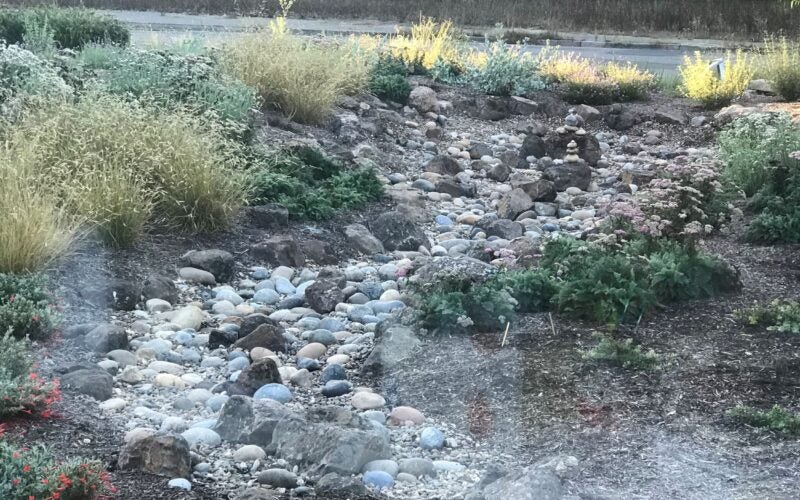
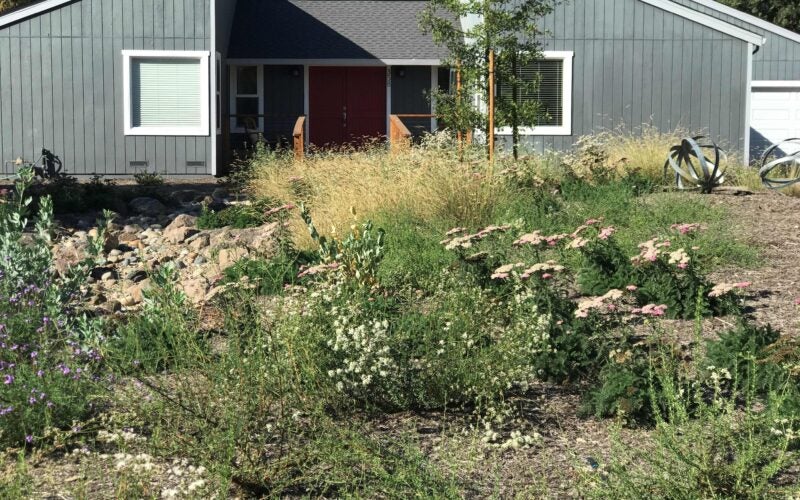
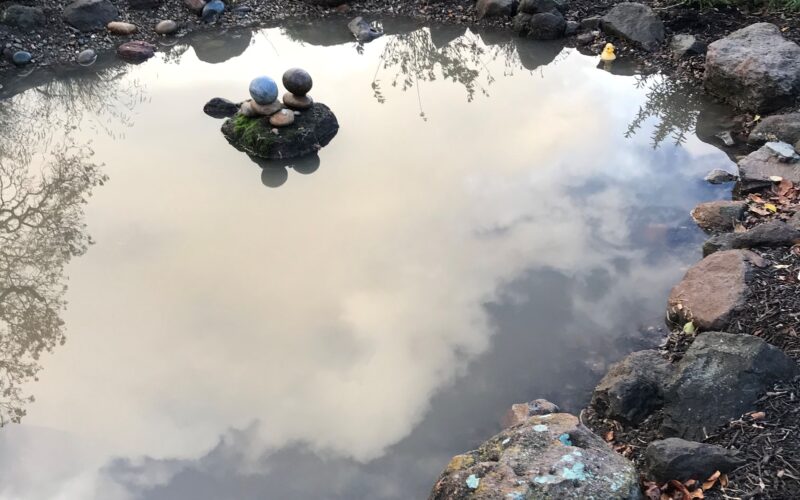
Plants in this Garden
Favorite Garden Suppliers
Cal Flora Nursery
2990 Somers Street Fulton
